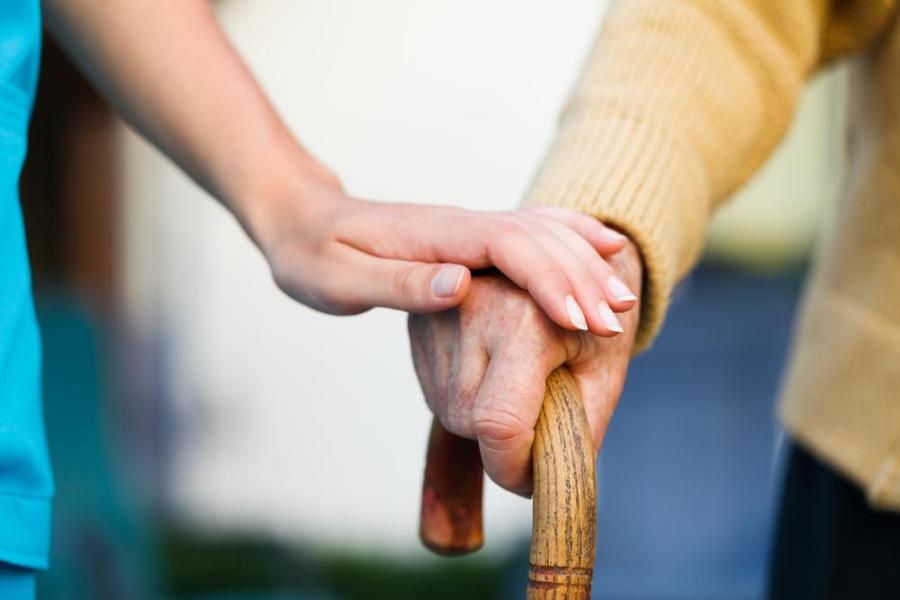
How to Reduce Risk for Falls with Osteoporosis
Falling with osteoporosis is a scary thought for many as it can lead to injury. Osteoporosis is a medical condition in which the bones become extremely brittle from tissue loss, hormonal change, vitamin D deficiency, etc. Those who suffer from osteoporosis may not know it at first as there are no symptoms in the beginning.
Individuals with osteoporosis are at risk of breaking or fracturing bones if they fall, making falls a dangerous event. Even a tripping or slipping can cause injuries that can take a long time to recover from. By following these guidelines you can reduce the risk of falling and make your environment safe for individuals with osteoporosis.
Falling Facts
Unfortunately, it is common for senior citizens to fall. Every year over 33% of individuals age 65 and over will experience a fall or a rough bump. These falls can easily result in broken bones or other injury.
People fall for a variety of reasons. The most common reason for a fall is due to someone losing their footing on uneven or slippery ground. Other reasons for falling may include poor vision, muscle loss, alcohol influence, medication dizziness, and balance problems. By considering the variety of reasons someone might have for falling, you can help remove these risks by making your home safer.
What to do Indoors
In your home, there are several things you can do to prevent falls. An easy solution is to free your house and each room of clutter, especially in walking areas. By having a clean house with accessible pathways to every room it is much less likely that someone will trip and fall.
Keep a flashlight next to your bed as you may need to get up in the middle of the night for something. Having a lit path is much better than trying to fumble around in the dark. You may also want to add more lights to each room. The more light, the easier it is for individuals with poor vision to see.
Make sure to have grab bars on stairs, in bathtubs, and near toilets. This makes it much easier for an individual to steady themselves as they stand or sit. You should also have stepstools handy for any harder to reach places.
There are several exercises you can perform to help improve your balance skills. Hold the back of a chair or counter and lift one leg at a time, holding it for as long as you can. These exercises will help strengthen your joints and reflexes and give you a better balancing ability.
Be Safe Outside
While there are many steps you can take to ensuring your home is safe and danger-free, it is much more difficult to control what goes on outside. You can’t always add more lighting to a space or create easier walkways when you’re outdoors. However, there are still several ways that you can maintain balance and safety when walking outside.
When entering a new building look carefully at the surface of the floor. Is it tile? Is it wood? Can it be slippery? Make sure to ask for assistance if you feel you can’t cross the floor alone. Stick to carpet or plastic for the best chances of staying in balance.
Don’t be afraid to utilize a cane or a walker when outside. Since many types of ground can be uneven or slippery, it is best to have something to hold on to at all times. This can prevent you from falling and can keep you in balance whenever you need.
By employing these indoor and outdoor safety tips, you can help reduce the risk of falling for people with osteoporosis. By clearing your house and your life of clutter or hazards you are on your way to a safer lifestyle.




